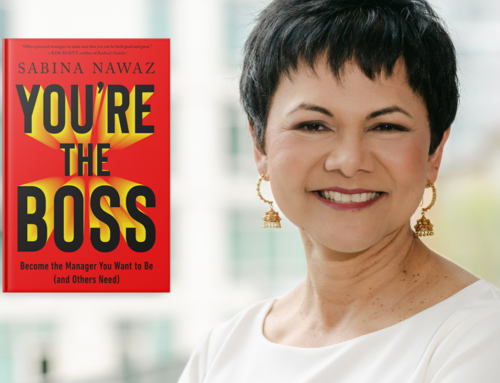The President’s State of the Union speech (SOTU) is one of the most anticipated and least watched speeches in the US public speaking calendar. Why? It’s indigestible. Of course it’s too long – one of Bill Clinton’s was 81 minutes – but more than that, the current state of the SOTU art disrespects the audience. It’s a huge waste of a rare opportunity to communicate with a large swath of Americans. President Obama should repair the genre. (Even though he's not calling his speech tonight an official SOTU, but rather a 'presidential address', that's what it is.)
SOTUs of recent memory are long lists of nice-sounding legislation that will never be enacted and vast programs that will never be initiated. The problem is, audiences can’t remember lists. By the time we hear the fourth or fifth item, we’ve forgotten the first. Lists never change minds; instead they irritate and bore audiences.
A speech like that shows a fundamental misunderstanding of the way the mind works. A speech is an opportunity for us, the audience, to make up our minds about something. And so it’s at the same time an opportunity for the speaker to change our minds, to persuade us of something.
What President Obama should do is take us on a decision-making journey, one that will lead us through the valley of despair that is our current situation to the mountain of hope we all want to climb in Q2 or Q3. That’s what great speeches do: they respect the need of the audience to go through a decision-making process by structuring the speech in a specific way.
Most recent SOTUs end with nods to pathetic or heroic figures sitting next to the First Lady in the balcony. It’s better than discussing the merits of switch grass, but it’s a cheap sentimental trick that comes too late in the program to do much good. Instead, President Obama should begin with a real story about an American that typifies the current state of things. That story should take no more than 1 -2 minutes, but it should be telling. That will frame the problem and get our attention.
Then he needs to slog his way through the current winter of our discontent – the economy, health care, and, say, education. He gets to pick the list, but it should contain no more than 3 items. If you want your audience to stay with you, you have to focus. We only remember 10 – 30 percent of what we hear. Since our minds retain stories better than facts, Obama should introduce each topic with a brief story or two. We need to create a health care system that works for all Americans. Currently, our system promotes late intervention at the expense of ongoing care. That means that Jane Doe couldn’t get help with her diabetes until it got so bad that she had to have her leg amputated. Does that make sense? That story is repeated all across America and with hundreds of illnesses.
He should spend about 8 – 10 minutes on the problem section.
Once the President has adequately explored the problems involved in the three issues he’s focusing on, he’s ready to propose his solutions. More importantly, we the audience are ready to hear those solutions, because we’ve spent time in the problem. Decision-making is an emotional process, and it takes time dwelling in the problem before we’re ready to move on. Think how frustrated you have to be with your old car before you’re ready to contemplate buying a new one.
This part of the speech should mirror the problem section. If the President introduces 3 problems, he should cover 3 solutions. The level of detail and length should parallel the problem section as well. It’s rhetorically very weak to propose a hundred solutions for one problem, or to have one solution for a host of problems. The timing of the solution, too, should equal the problem – another 8 – 10 minutes.
The solutions the President proposes should contain concrete descriptions of the benefits that will accrue to us if we agree to them. Audiences are not very good at imagining benefits, so it’s important for a speaker to lay them out clearly and specifically.
To close, Obama needs to ask us to do something. This action step can be rhetorical – during the campaign, Obama often got the audience chanting ‘Yes, we can!’ – but specific, concrete ones are better. How can we help the country and the world get back on track? How can we help our soldiers fighting around the world? What can we do to solve the health care crisis? What about education? Audiences are full of active people being passive during the course of the speech, and they love to give back when they’ve been taken on the right journey.
When President Kennedy famously asked us to do something for our country in his inaugural address, thousands of young men and women joined the Peace Corps and helped make the world a better place. The SOTU is too important an opportunity to waste. In roughly 22 minutes, the attention span of the average adult, President Obama has the chance to change the world. He should take it. He might even move the Congress to useful action.








Leave A Comment